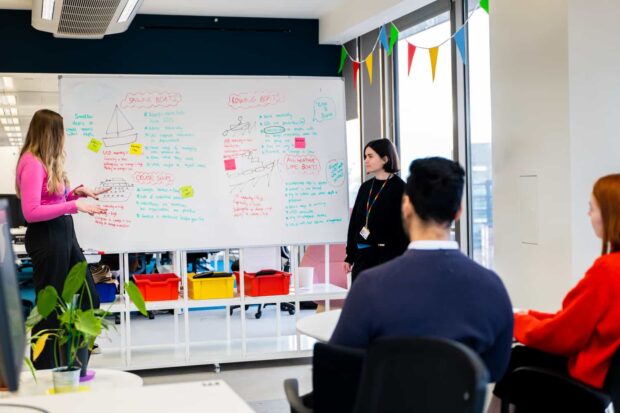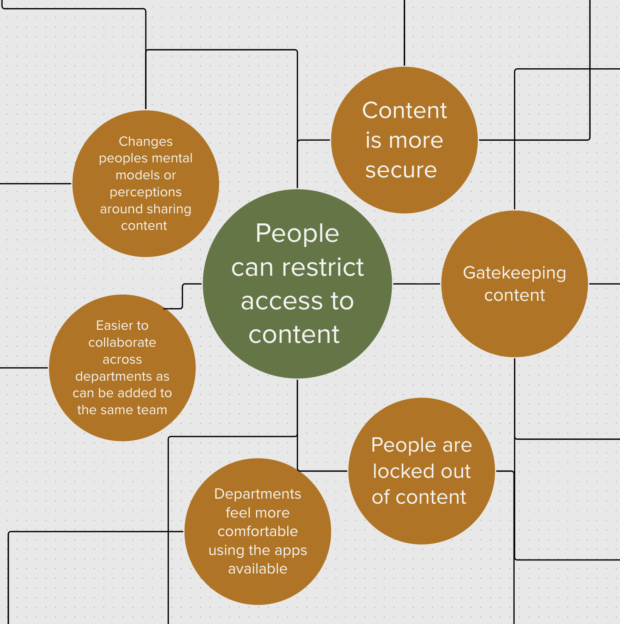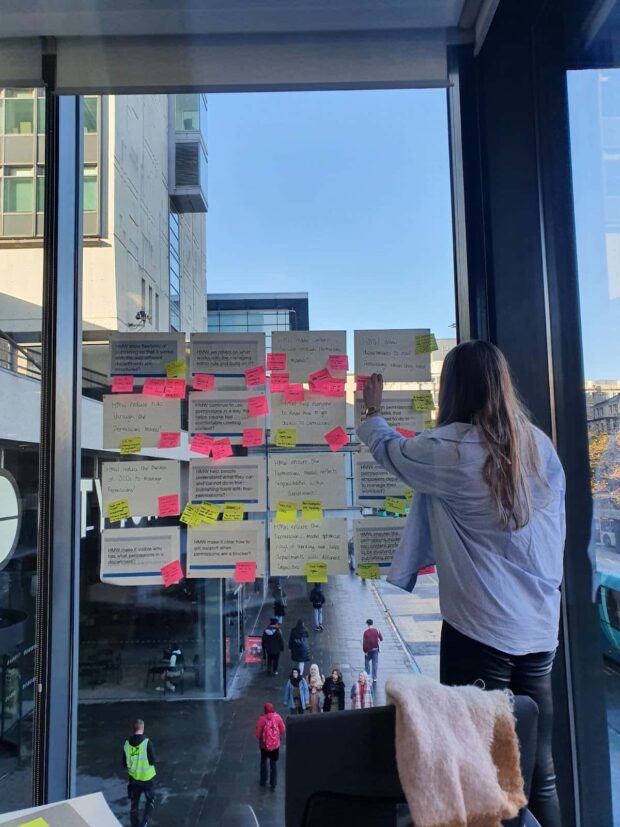
Content on GOV.UK is updated every single day by government publishers. This group of several thousand civil servants uses content management tools developed in-house to keep GOV.UK accurate and up to date.
These tools have been around since GOV.UK started - over 10 years ago! Recently, the GOV.UK Publishing Team has been looking at how to improve them and make things quicker and easier for publishers to do. This includes things like improving the interface in Whitehall, the most popular tool, which we blogged about last year.
To continue making lasting changes for publishers we also decided to look at the systems and models we have in place. We’ve seen issues come up relating to who can publish what and the tasks people can or can’t do. By exploring and critiquing the ways the current permissions model works, we will be able to better meet GOV.UK’s ambitious future plans.
What we did
We started by doing a discovery into who can publish what on GOV.UK and how permissions work for users in order to find out:
- who should and can publish certain content types
- what permissions currently exist and how this works across departments
- the publishing tools people have access to
Throughout this discovery we made sure we were exploring the problem for all users, and proposing solutions that would work for everyone, without disadvantaging any particular user group.
Our approach
We wanted to combine approaches in our discovery to ensure that we’d looked at tasks and permissions comprehensively. Some of the things we did were:
- internal workshops
- user and desk research
The user research was carried out with a range of departments, including the Foreign, Commonwealth and Development Office (FCDO) and HMRC among others, with whom we were able to test our assumptions. Both the workshops and the research offered us new insights around publishing tasks and permissions.
The workshops
We held a series of internal workshops to make use of in-house expertise, explore assumptions and consider how permissions affected us in GDS.
We did workshops on:
- the knowns and unknowns to explore in discovery
- the assumptions we had about each stage of the publishing journey
- exploring the pros and cons of some future models
Some of our workshops brought us together as a group to assess our knowledge ahead of further research and investigation. For example, we ran an assumptions workshop where we got participants to add assumptions about each stage of the journey to a journey map. Then, we prioritised assumptions to test in research, based on how much we knew about them already, and the impact it would have on the project if we incorrectly assumed they were true.

Above is an example where we thought through a scenario and the consequences of it - we are not necessarily going to implement this, it was a tool for thinking! Alongside this research, we used a consequence scanning workshop to think about what the unintended consequences might be of each idea, how they might disproportionately affect different user groups, and how they might have systemic effects on publishers.
Other workshops helped us develop and explore new ideas. For example, we ran a ‘What would happen if’ workshop where we gave participants radical scenarios for how publishing could be different and encouraged participants to think about how this would work in practice, and what groups it would benefit.
We also used workshops to gain valuable insights to help supplement our user research. For example, we spoke to content teams at GDS about how they provide support to departments who are publishing content.
The user and desk research
We did research with 14 people from 7 departments. We spoke to a variety of publishers in a range of different publishing roles, from statisticians to content product leads.
We also did some desk research to analyse support tickets for recurring themes about tasks and permissions, and looked at how permissions models worked in the wider publishing and content management system industry.

The challenges we faced and what we learned
Doing a discovery that spans multiple teams can be hard. Some of our challenges included needing to work at pace on a project where we had lots of different sources of information, and ensuring the work was relevant and actionable for multiple teams. Most importantly, we needed to share our findings and make sure the recommendations did not get lost in other priorities at the end.
We learned that we needed to adapt how we worked so that we could analyse all our information, for example, by doing collaborative work in person so that we could identify and group themes across various sources of information. It was really helpful to interact with our desk research and sort through the information visually with post-its and notes. Involving people from many teams in our workshops ensured we had their input, and also meant that they stayed up to date with what we were working on.
To help ensure our findings were actionable we:
- made sure to tightly define the discovery focus at the beginning, to help us stay on track and not go off on multiple tangents
- made sure to work in the open and share our work a lot as we went on, to take people on the journey with us
Doing a discovery this way really helped us understand our users and what they needed. Some of the issues identified we will work on now, others will be addressed over time.
Insights from the discovery
Some of our key insights were:
- that people can generally get their permissions, but don’t always know how so there is a need to clarify how to get support while simultaneously improving the process of getting permissions to publish content
- that there is a need for temporary permissions, for example when people are on leave or there is a bigger project being worked on
- that publishing needs change depending on the content type being published, so we need to make sure that permissions reflect the different ways teams publish content
- that there is a need to restrict access to some content within publishing apps whilst it is in draft mode
- that some departments want to involve GDS less with smaller tasks, such as with quick fixes and urgent changes that they cannot currently do with the way permissions work now
What’s next
Based on these insights, we came up with some recommendations for the GOV.UK Publishing team. We prioritised these recommendations, and put some in the backlog to start exploring further. We may ask cross-government publishers to participate in more research. You can sign up to take part in future user research sessions by completing the Google form or by emailing publishing-service-research@digital.cabinet-office.gov.uk.
We are also going to implement some quick fixes and small changes to permissions. More insights on that coming soon.
Subscribe to Inside GOV.UK to keep up to date with our work.
 The GOV.UK app went live in public beta in July 2025. Find out what’s been happening, and what’s coming next,
The GOV.UK app went live in public beta in July 2025. Find out what’s been happening, and what’s coming next,
2 comments
Comment by James Low posted on
Could you share those recommendations with Heads of Content and Managing Editors across government? Would be a good way to validate the research so you can be even more sure you are solving the right problems in the right order with the biggest positive impacts for publishing tool users.
Comment by Hannah Jump, Senior Service Designer, GOV.UK Publishing posted on
Hi James, we're thinking about the right way we can begin to implement some of these changes and to make sure they work for you. Ahead of that, we'll go out to managing editors and other stakeholders with a more complete picture of what's happening. If you have any specific questions in the meantime please feel free to publishing-service-research@digital.cabinet-office.gov.uk.